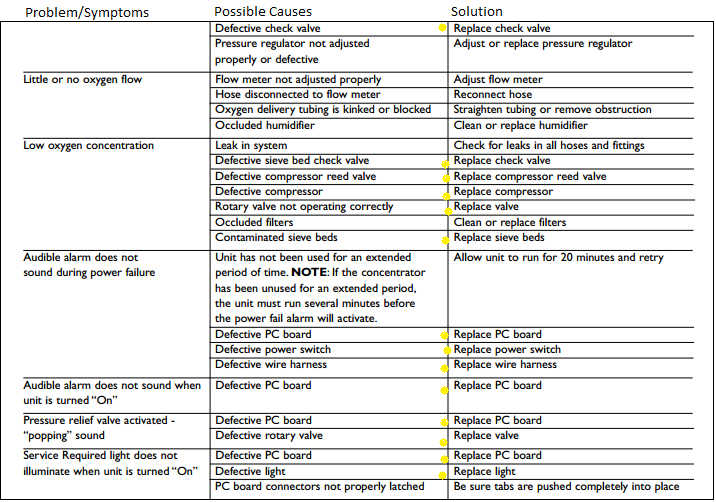Everything needs to be replaced when it breaks, or does it? From my experience, the norm in the USA is that when something breaks, more often than not, you just buy a new one. Here in Malawi, medical devices must be fixed. There is no budget to just go and buy something new.
Introducing PAM.
PAM, which stands for Physical Assets Management, is the workforce at Queens designated with the task of maintaining all of the hospital’s equipment. By fixing devices that break, PAM is the grease (literally) that keeps everything running smoothly. They also inspect each piece of donated equipment that comes in, making sure that it is safe and ready to use.
Before coming to Malawi, I had heard that PAM stored a lot of broken devices that they weren’t able to fix in their warehouse. Armed with a brand new tool kit, Jacinta and I showed up to PAM to see what we could fix; I thought I was going to solve all of the problems. I didn’t. The main problem was that we had not taken the time to understand their need.
After taking some time to understand what was going on, we discovered that the main problem holding PAM back from being able to do their job effectively is not lack of skill or spare hands, but rather spare parts. For example, below is a screen shot of a typical oxygen concentrator troubleshooting guide. As you can see, a large portion of the solutions require spare parts.

(Screenshot of Oxygen Concentrator service manual. Most repair steps require space parts)
In order to get the spare parts, one solution would be to gut one machine and use the working parts to fix another. However, the donated equipment comes in all makes and models and it can be hard to find a match. Furthermore, each oxygen concentrator, for example, comes from a different ward in the hospital, each with its own individual budget. These two issues aside, this approach still has promise and we hope to give it a shot over the next few weeks.
As a long term solution, however, Jacinta had the idea that we should create a database where PAM can keep track of the spare parts needed for their repairs. While this does exist (somewhat) in the form of a few scattered word documents, we envision a centralized document that not only stores all of the data in one place, but also can print out a list of needed supplies with part numbers, etc. so that an aid organization could easily donate spare parts instead of entire machines.
This dream is still a long way off, but it seems like an economical endeavor, fixing more machines with the same amount of money. More than just providing money, this project would give dignity to the workers at PAM, allowing them to do their jobs and to make a greater difference at Queens. To me this resonates with the heartbeat of why we are here: not just to give out money, medical devices, or our time, but to empower Malawians to reach their goals.